
Animals inhabiting extreme terrestrial environments present scientists with a unique opportunity to better understand how organisms cope with the challenge of multiple environmental stressors. One example is the invasive earthworm Lumbricus rubellus, which can tolerate the harsh conditions found at Furnas geothermal field on São Miquel Island in the Azores.

Europe’s dairy industry aims to supply consumers with an economically safe food supply that does not compromise the health and welfare of dairy cows. This goal was supported by a joint EU-China project that identified key genes in signalling pathways involving innate immune function.
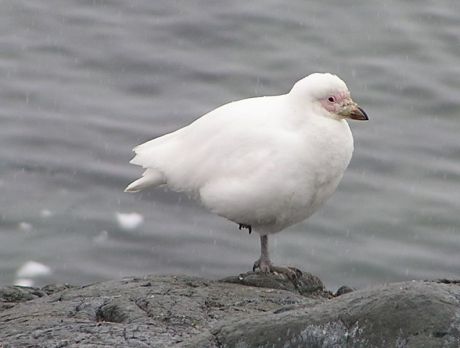
How birds will be affected by climate change was investigated by EU researchers, who used data on North American bird populations to improve species distribution models (SDMs).

Plants reprogramme their metabolism in response to energy scarcity in order to conserve resources. Scientists studied the mechanisms behind restricting energy usage to enhance plant survival in light of food demands from a growing global population and the threat of climate change.

Congenital adrenal hyperplasia (CAH) causes disorders of sexual development in both sexes. One of the most common inherited metabolic disorders, it occurs in 1 in 10 000 children and is normally the result of mutation in just one gene.

EU-funded researchers have developed a nano-scale device capable of measuring mechanical movement at incredible levels of precision. This can impact high tech businesses ranging from mobile phone makers to automotive manufacturers.

European scientists followed a cross-disciplinary approach to uncover the mechanisms of action and functional roles of a novel class of PI 3 kinases. Their findings open up new avenues for therapeutic exploitation of these molecules.

Plant biologists funded by the EU have investigated the defences employed by plants when under attack from insect herbivores.

Jets are seen in almost every interesting collision at the Large Hadron Collider (LHC). EU-funded physicists improved the way their properties are determined to reveal details of the collisions that produced them.
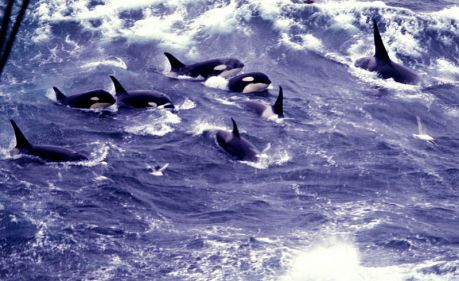
A new study has revealed that killer whale dialects evolve in much the same way as human language, and as such represent a form of animal culture.
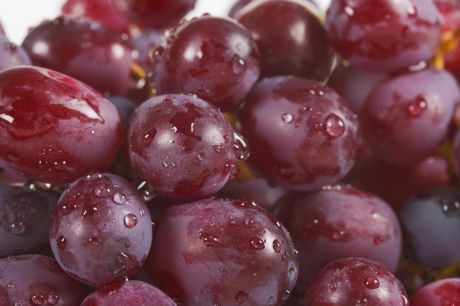
Researchers have discovered how carbon dioxide (CO2) protects table grapes from cold damage when kept in cold storage for long periods.

Wide-scale use of biochar has been proposed as a method for increasing the storage of carbon in soil in order to mitigate climate change. While this technique can provide biofuel and improve soil quality, and has been widely studied in agricultural systems, little is known about its effect on natural systems such as grasslands.
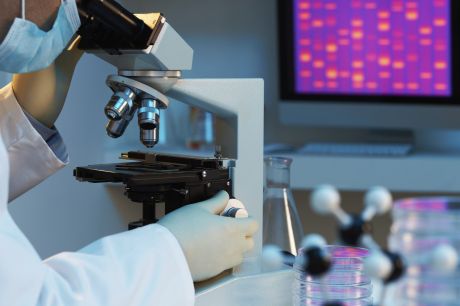
Biofilm-contaminated urinary catheters are associated with annual health care costs exceeding USD 400 million. Researchers developed novel coatings and sonochemical techniques to prevent such contamination.
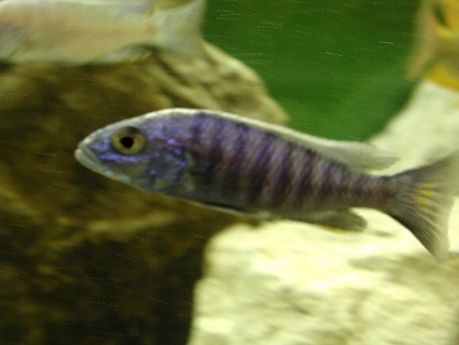
Nitrate contamination from human activities has increased significantly in recent decades, but its effects on aquatic organisms were not well understood. An EU-funded initiative therefore examined the impact of nitrate pollution on interactions between species, including host-parasite interactions.
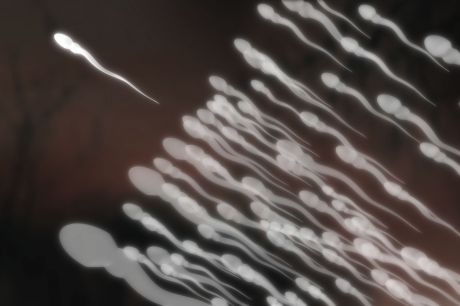
A worm that is both male and female, changes its sperm production according to competition and inseminates itself is providing new insights into male fertility.

Scientists are producing chemicals safely and cheaply using abundant, non-toxic metals like iron or cobalt to speed up chemical reactions, instead of traditionally used precious metals.

A European consortium is developing a novel therapeutic intervention for autoimmune diseases. This approach specifically suppresses the immune system parameters responsible for the autoimmune attack, while enhancing regulatory T cells.
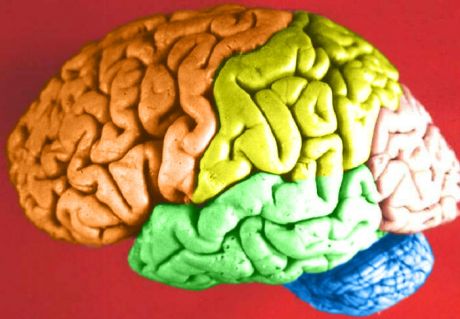
Our brain allows us to perceive, think and act through complex interactions between neurons. EU-funded researchers worked to elucidate the non-random dynamics of neuronal networks.
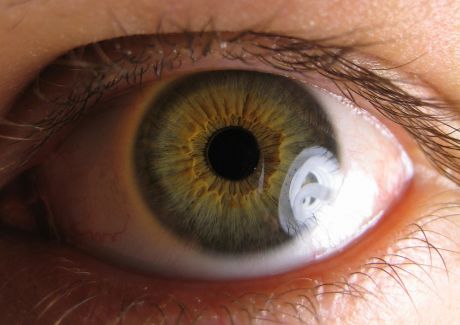
Humans have wondered for aeons how we perceive our visual space; for example, simple properties such as luminance and contrast. EU research has investigated how synaptic connections in the retinal neuronal circuit encode visual information.
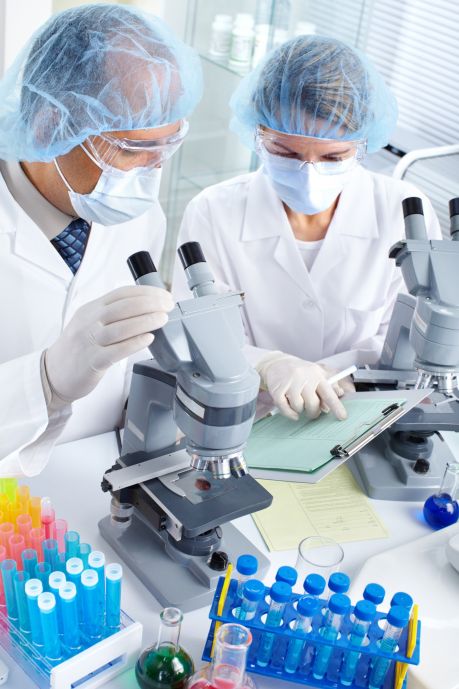
Effective health communication during an infectious disease outbreak is crucial for influencing the public and helping to contain disease. An EU-funded study worked on a behavioural and communication package to convey relevant messages to the public.

The injudicious use of antibiotics has led to the emergence of antibiotic resistant bacteria. Finding novel treatments represents a significant medical challenge.

Designing new antivirals requires the detailed molecular and structural understanding of key steps in virus replication.

During development, nerve cells often follow very specific paths for their projections or axons to reach the correct target. So-called axon guidance is just one key to perception and cognition.

Researchers are studying how genetic changes allow plants to adapt to environmental change. Predicting such responses to future climate change will allow researchers to develop sustainable crops.
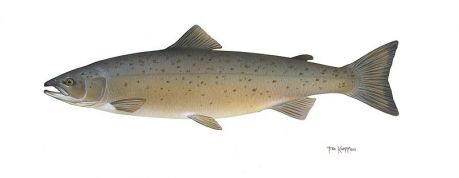
EU-funded researchers are investigating Atlantic salmon to better understand the impact of global environmental changes on genetics.
























